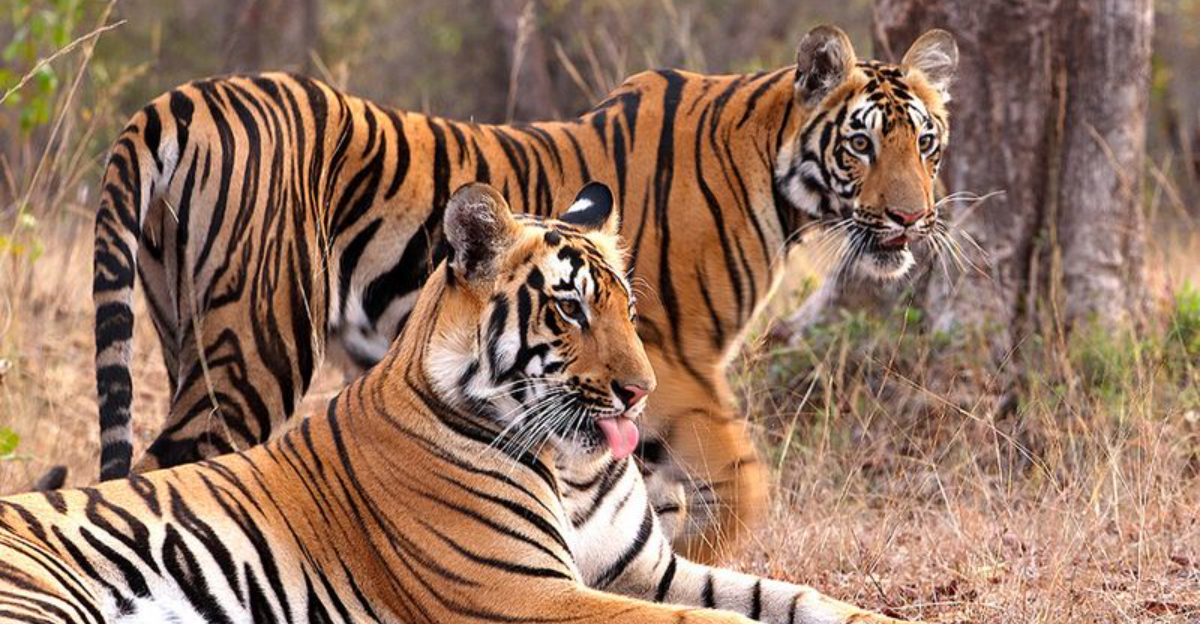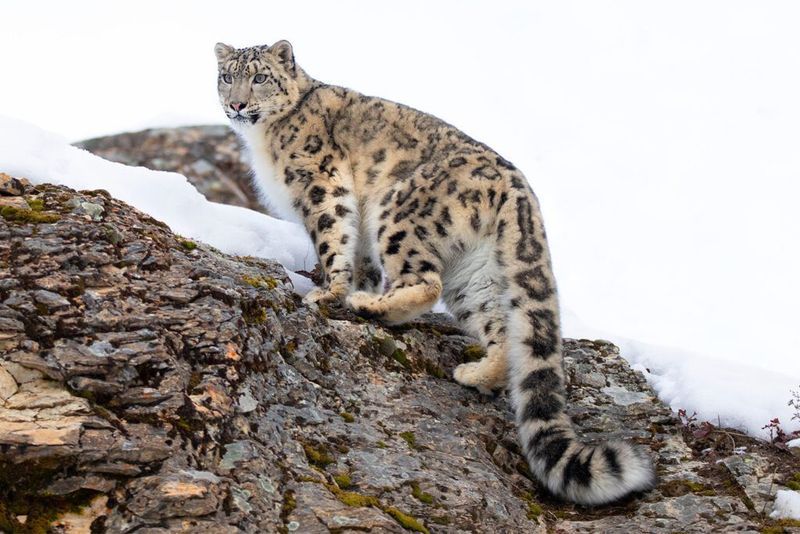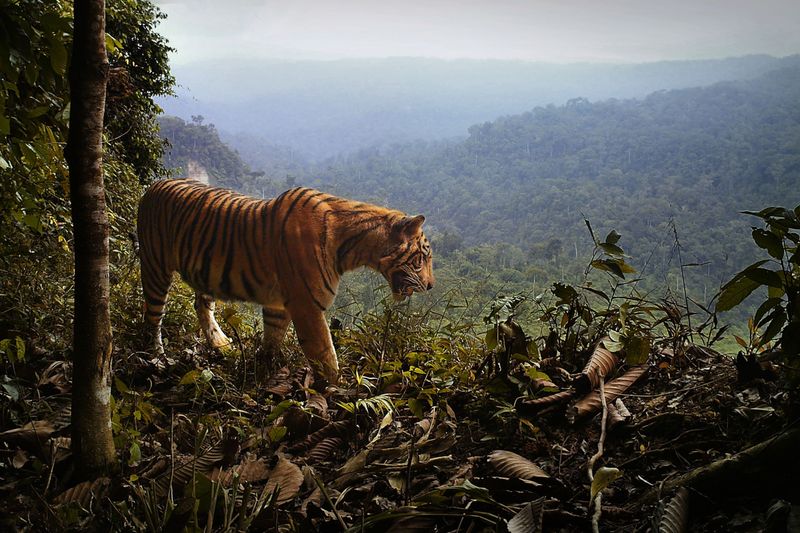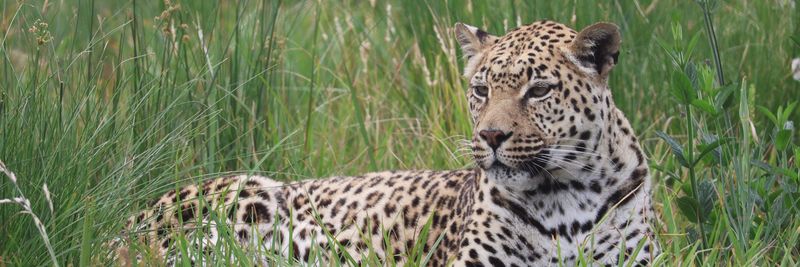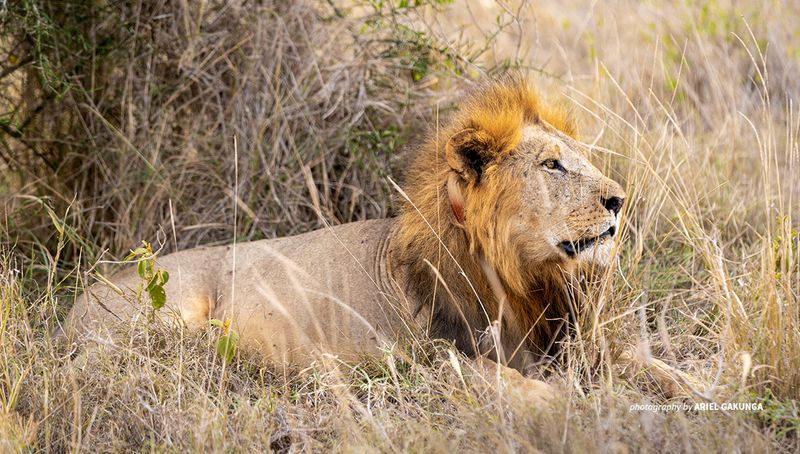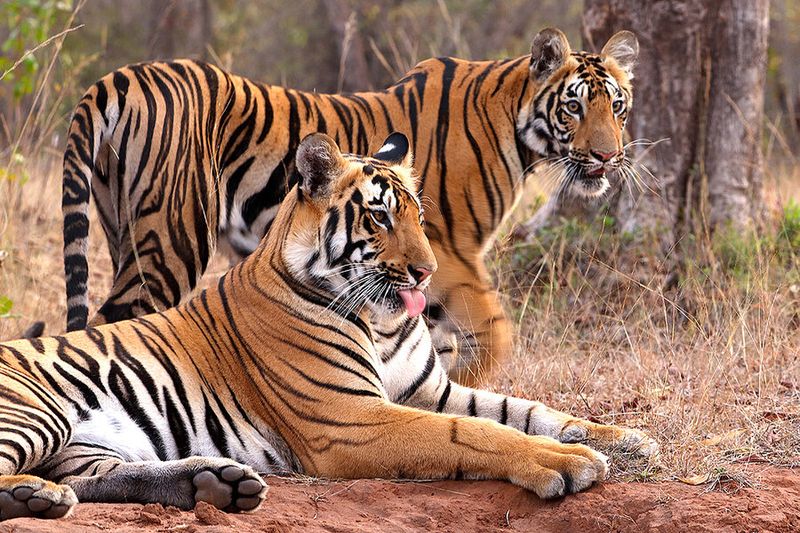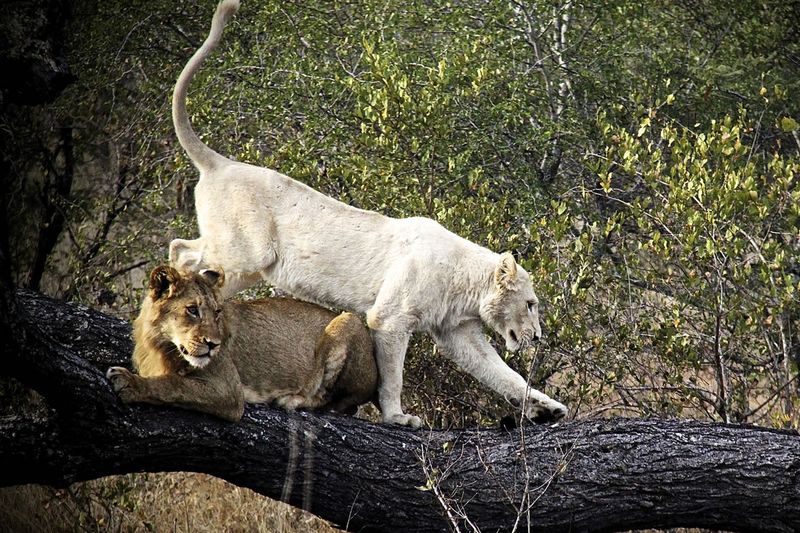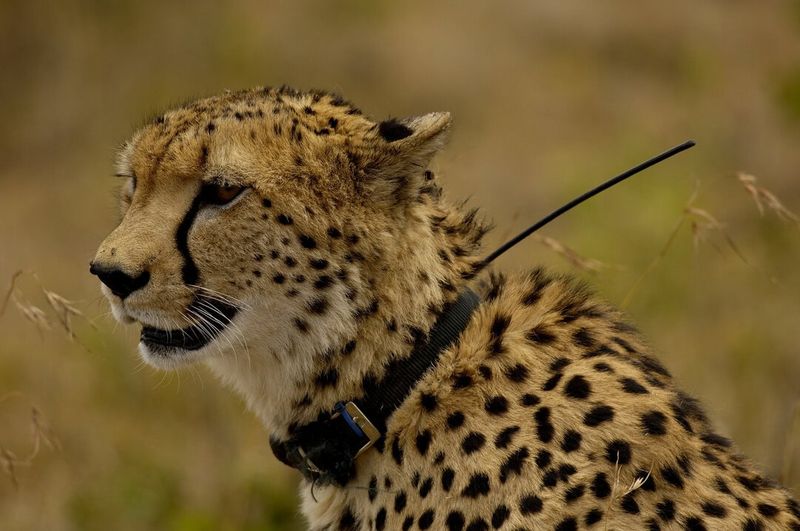📖 Table of Content:
Big cats, such as lions, tigers, leopards, and jaguars, face significant challenges as they adapt to rapid environmental changes. Climate change, habitat loss, poaching, and human-wildlife conflict threaten their survival. Understanding how these majestic creatures adapt is crucial for developing effective conservation strategies and ensuring their future on our planet.
1. Climate Change Impacts
Imagine a snow leopard, majestic and elusive, retreating higher into the mountains as its habitat warms. This species now faces increased competition as it shares shrinking territories with other wildlife. Altered prey patterns further challenge their survival. With prey becoming scarce, these big cats are forced to adapt their hunting strategies, often venturing into human-dominated areas. This adaptation heightens the risk of conflict with humans. Understanding these dynamics is crucial for developing conservation strategies that ensure their survival in a warming world.
2. Habitat Loss and Fragmentation
Picture a tiger, the epitome of wild grace, navigating a fractured landscape. Deforestation and urbanization split its domain, creating isolated populations. This fragmentation hinders genetic diversity and movement, increasing the risk of inbreeding. Establishing protected areas and wildlife corridors is vital. These corridors allow safe passage and genetic exchange, ensuring tigers and other big cats can thrive. Without such measures, these magnificent creatures face an uncertain future, unable to sustain their populations in the wild.
3. Poaching and Illegal Wildlife Trade
In the shadows of dense forests, the leopard faces a relentless threat from poaching. Targeted for its beautiful coat and bones, illegal trade continues to decimate its numbers. Despite global efforts, poaching remains a significant threat. Strengthening law enforcement and promoting sustainable livelihoods for local communities are essential. These measures will help combat poaching effectively, ensuring that leopards, with their unique rosette patterns, continue to roam the wild. The battle against poaching is a fight to preserve biodiversity.
4. Human-Wildlife Conflict
In the heart of Africa, a lion gazes beyond a fence, where human settlements encroach on its territory. As habitats shrink, big cats and humans increasingly clash, leading to livestock predation. Retaliatory killings become common. Innovative solutions like predator-proof enclosures and community education are key to reducing conflicts. Compensation schemes for losses also play a crucial role. Finding a balance where both humans and big cats can coexist is a challenging yet necessary endeavor for conservationists.
5. Conservation Efforts
In India, Project Tiger stands as a beacon of hope for conservation. Through dedicated efforts, tiger populations have rebounded. Such success stories highlight the need for collaborative approaches involving governments, NGOs, and local communities. These joint efforts address the complex challenges big cats face. Similar initiatives are needed for other species. By fostering partnerships, we can create inclusive conservation strategies that ensure the survival of these majestic animals. Conservation is a shared responsibility.
6. Genetic Diversity Challenges
Amidst the golden savannas, a rare white lion symbolizes the genetic challenges big cats face. Isolated populations, cut off by habitat fragmentation, risk losing genetic diversity. This loss affects adaptability and resilience. Conservationists emphasize the importance of genetic research and breeding programs. Such initiatives aim to bolster genetic health and ensure the long-term survival of big cats. Every effort to maintain genetic diversity is a step toward a future where these magnificent creatures continue to thrive.
7. Technological Innovations in Conservation
Technology, a modern ally in conservation, helps monitor and protect wildlife. Drones and camera traps provide crucial data, offering insights into big cats’ behavior and habitat use. These innovations help track movements, assess population health, and detect poaching activities. By integrating technology, conservationists can make informed decisions and deploy resources efficiently. The fusion of technology and conservation opens new frontiers for protecting big cats and ensuring their survival in the rapidly changing environment.
